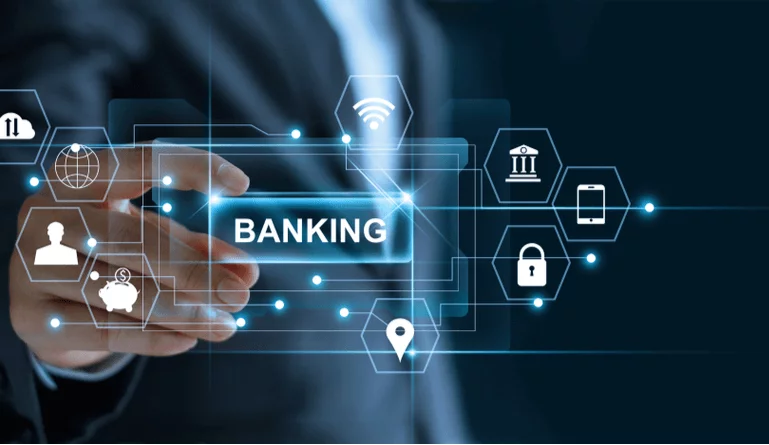Every industry is digitizing, and the banking industry is working hard to cope. Although electronic banking is becoming more popular today, it is good to know that digital banking services are still facing several challenges. However, it should not go without mentioning that there are some profitable opportunities in digital banking, and we are going to look at both.
Digital banking challenges
Digital banking challenges refer to factors that are preventing digital banking from stabilizing and becoming a universal banking method for everybody. And they include:
1. Security
This is one of the first things that comes into one’s mind when keeping money is mentioned anywhere. It is, however, sad to say that hackers are still giving financial institutions a run for their money. Therefore, some customers are not willing to take any chances. Note that banking security is nothing like downloading and installing an antivirus.
2. Fully digitized bank, brick, and mortar or both
Although many people are embracing digital banking, there is still a good portion of people who don’t trust it. Also, some people are not convinced about digital banking unless they have proof that a bank exists in brick and mortar form. This makes it hard for digital banking to become completely digitized.
3. An evolution from ancient banking systems
Many people don’t know it, but most banking systems use COBOL programming language. This has been around for more than 60 years and was not meant to suit the kind of technology that is available today. Upgrading these banking systems and install suitable ones usually takes so much time while the demand for seamless digital banking is on the rise.
4. The non-financial institution already filling the space
Several non-financial institutions offer services very similar to what digital banking is expected today. Social media platforms like Facebook, for example, have made it possible for users to send money directly to someone’s bank account.
Because they are not restricted by any rules as seen with financial institutions, it is hard for these financial institutions to cope. To begin with, social media platforms, for example, have a large fan base.
5. Internal barriers
For banking to be fully digitized, it means that both the banking system and employees will have to undergo a cultural shift. However, it is good to know that unlike other businesses, banks have a unique way of departmentalization, and this greatly influences the level of technology to be used. While some departments will benefit from a digital banking system, some departments will have to lay off some employees. Also, employee training may be required.
6. To buy or build the banking system
With the demand for digital banking on the high, some banks are desperate to take the leap and adopt digital banking. However, most banks are not quickly adopting digital banking because they don’t know which kind of system will work correctly. Some prefer purchasing such systems because they want to work with a system that has been tested. Others prefer having a system built specifically for them. Don’t forget that both kinds of systems have their pros and cons.
Opportunities available for banks in digital banking
Although digital banking is slowly taking shape, it’s good to know that some banks have gone digital and are setting the pace for older banks. The opportunities available for banks in digital banking include;
1. More output more profits
There is no specific time when someone can want to deposit or withdraw from their bank accounts, let alone buying something online. Through digital banking, banks can offer round the clock services to their customers, maximizing profits.
2. More customers with time
It is without any doubt that everyone is going the digital way. That’s why it’s easier for our grandfathers to wait in line in the bank than it is for a college student. Since the upcoming generations will be more digitized, digital banking is predicted to be the peoples’ favorite in the future.
3. Mobile banking
You may take it lightly, but mobile banking is soon going to be the people’s choice. That is because people today want to take their phones everywhere and use them to do everything. Mobile banking, therefore, presents an excellent opportunity for banks to generate more revenues from transactions.
4. More loans, more interests
Banks like it when people borrow loans. That is why many financial institutions are competing to give out low-interest rates because, in the end, they will still make profits. Digital banking will make it easier for customers to access loans online, and this will increase the number of borrowers.
5. Fastened services
Money needs to move around fast in any business setting. That is why having to spend hours in long ques in the bank to transfer money is a disadvantage to both customers and financial institutions. Through digital banking, one will not even have to leave their bed to transfer cash or complete payments.
6. Better market predictions
Digital banking is backed up with an accurate data collection mechanism. Data is i8mportant for any organization because it can be used to predict the market and offer better services to the customers. Today, the data available in banks have not been utilized as they are supposed to be mainly because of the format in which they exist makes them harder to access.
Digital banking is promising a better banking experience for both customers and banks. However, it is without any doubt that the future banker is a digital banker. Today the AI for banking is already being implemented by other banks, and the results are impressive for some. In the future, bank ques will be history, and that should be a heads up for any bank or financial institution wanting to dominate the market in the future.




